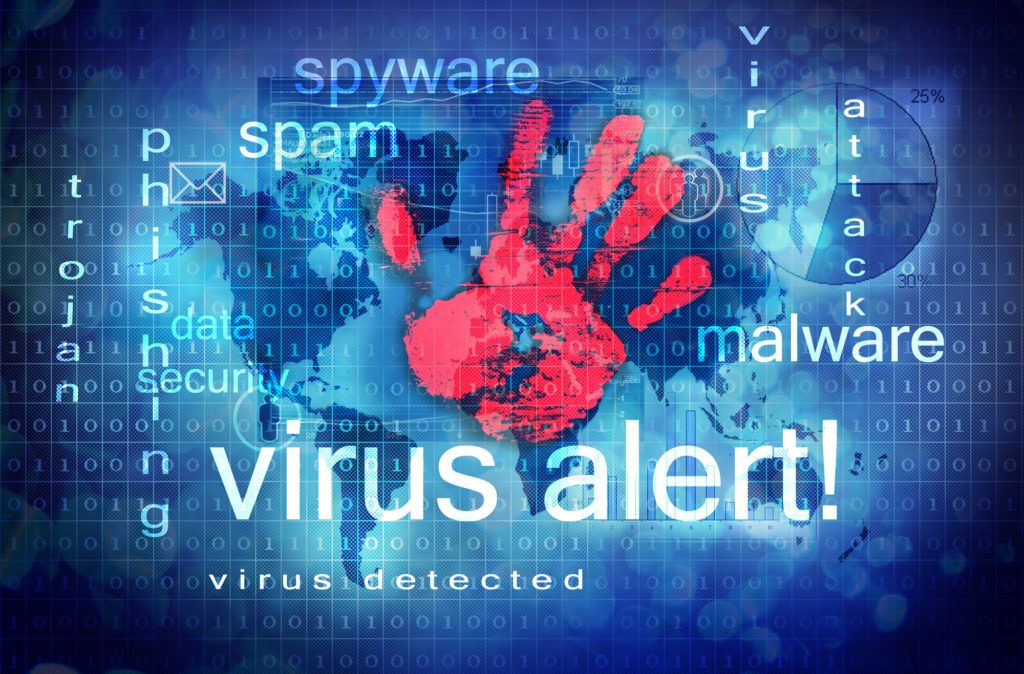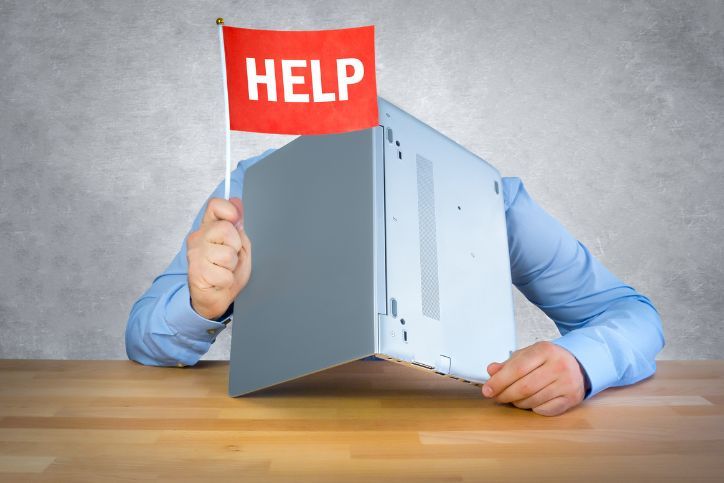10 Dangerous Computer Viruses and How to Recognize Them

The dangers of malware are something you can’t put lightly. After all, there is around 350,000 new malware developed every day.
In any case, there are a lot of other things you need to worry about like receiving PC repair messages.
But recognizing the types of computer viruses out there is vital if you want to maintain your computer’s stability.
Here are ten of the most dangerous types out there:
Table of Contents
Toggle1. Boot Sector Virus
When it comes to the ordinary user perspective, this type of virus is one of the most dangerous ones out there. Their infection spreads on the master boot record. This means that they’re not easy to remove, often resulting in a full system reformat.
This proves especially true when the virus encrypts the computer’s boot sector and damages the code. The great thing about technological advances is that the BIOS architecture of newer PC units reduced its effectiveness over the past years.
In any case, you’re liable to get this virus with the use of removable media like USB flash disks or hard drives.
2. Direct Action Virus
When it comes to these types of viruses, direct action viruses infect your files and are one of the two main types of computer virus that does this. It doesn’t hide in your computer’s memory nor install itself. The way it works is through particular file types like EXE or COM, which they attach into.
Once you click on the infected file, it becomes active. It then looks for other files in the infected file’s location so it can spread more. While it’s annoying, it doesn’t cripple your system’s performance since it only makes your files inaccessible.
You can remove it with a simple anti-virus program, so it’s not much of a threat compared to the Boot Sector virus.
3. Resident Virus
Like its direct action counterpart, the resident virus is a file infector. But its primary difference from the former is that they install themselves on your PC unit. They become even dangerous because they can persist even after the primary source of the virus infection gets removed.
Depending on the virus’s programming, it can be difficult to spot it and remove it from your system. It depends on whether the resident virus is a fast infector or a slow infector. The former causes damage as fast as it can while the latter progresses its damage at a much slower pace.
4. Multipartite Virus
More nefarious than most viruses, multipartite viruses are an amalgamation of the different types of computer viruses regarding how it spreads. It spreads using various means, and it could take a wide variety of actions depending on several factors. For example, it can act in a different manner depending on your PC’s operating system.
It can infect your boot sector and files, making it act and spread faster. This makes it tougher to remove and might require a complete reformat to prevent a recurrence.
5. Polymorphic Virus
This type of virus is dangerous because anti-virus programs have a hard time detecting it. Most programs take days or months formulating routines necessary to identify a single polymorphic virus.
Detection takes a long time because of the way anti-virus programs function. These software types can only blacklist a single virus variant. Polymorphic viruses take advantage of this by changing its signature when it reproduces, making it look like a different, otherwise harmless file.
6. Overwrite Virus
Viruses, in general, are frustrating, especially because insurance companies don’t protect businesses against virus attacks. But to end users, the most frustrating type of virus is the overwrite virus. This holds water even if its danger level is low compared to the ones mentioned so far.
The only way you can get rid of the virus is to get rid of the file it infects. This can apply to both individual files and entire software applications. It’s often hard to identify, but you can prevent it if you’re careful with emails with attachments.
7. Spacefiller Virus
Compared to other types of viruses, spacefillers have more intelligence. Most computer virus types attach themselves to executable files. In comparison, spacefiller viruses occupy the empty spaces often found within files.
This allows it to invade programs without damaging it or increasing its size. It ignores the other techniques most viruses rely on to avoid detection. While it’s more nefarious, its rarity makes it less of a threat in most cases.
8. Memory Resident Virus
This is one of the most destructive virus types around. It infects your computer memory and sets it as its base of operations. What this means is that your operating system helps the virus work more by simply running. Its effects differ, but if you notice a significant increase in corrupted files, your computer might have a memory resident virus infection.
9. Web Scripting Virus
These viruses often transmit themselves into your computer’s system through the programming used for websites. Placing images, videos, and layouts require a certain degree of coding. That means you might download the viruses without your knowledge if you click on malicious websites’ links or watch their videos.
The best way to prevent this is to have security programs that detect malicious coding when browsing the internet.
10. Browser Hijacker
This type of virus is one of the most straightforward and easy-to-detect viruses. It will interfere with your work by leading you off to different websites even if you enter the internet address you want to go to. A good practice is to be careful with your downloads and toolbars.
Learn More About the Types of Computer Viruses Today!
There are a lot of viruses that you need to watch out for. The internet provides a great avenue for all these types of computer viruses to proliferate. If you’re vigilant, you won’t need to worry about getting them.
Do you need virus removal? Contact us today for more information!
Instant Quote
Get A FREE Quote IMMEDIATELY
Other Blogs You May Be Interested In
Categories
Satisfaction Guaranteed
Computer Repair You Can Trust













